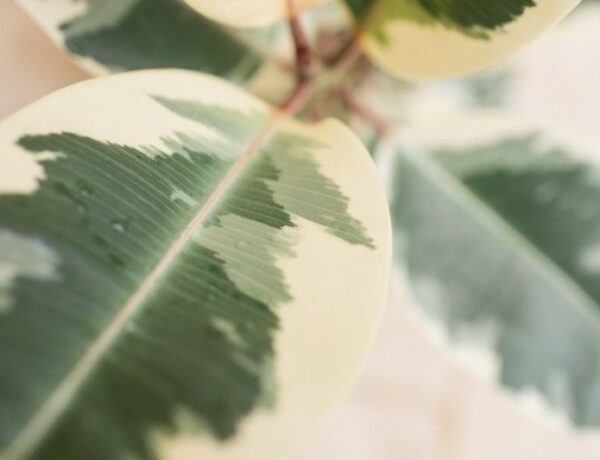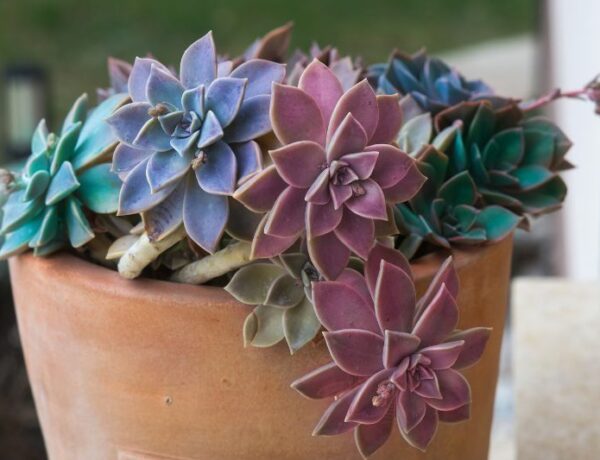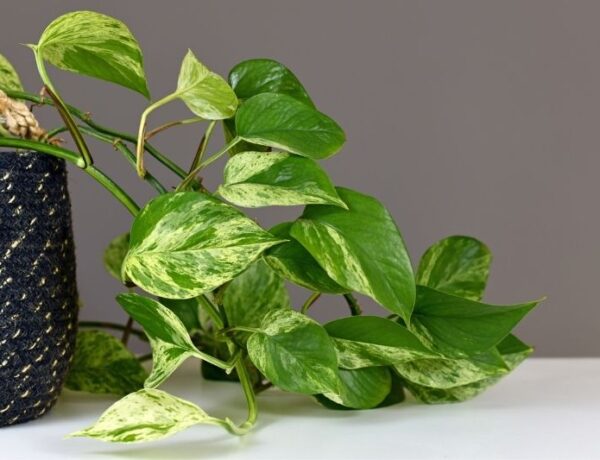Indoor plants have long been cherished for their aesthetics, air purifying capabilities, and health benefits. Part of the joy of keeping these plants is in their propagation: creating new plants from the parent plant.
Some indoor plants are best propagated in water, while others thrive when propagated in soil. Understanding the distinct needs of each plant can lead to more successful propagation and a lush indoor garden.
Table of Contents
Water Propagation
Water propagation refers to the process of rooting cuttings from a plant in water before transferring them to soil. It’s a common practice due to its simplicity and effectiveness. The process involves cutting a piece from the plant, usually a stem or a leaf, and placing it in a container filled with water. With adequate light and temperature, the cutting will start to develop roots over time.
The primary advantage of water propagation is visibility. You can monitor root development, which can be both beneficial and satisfying. It also allows easy detection of problems like root rot or fungal infection.
Indoor Plants That Root Well In Water
Below are some indoor plants known for their successful propagation in water:
1. Pothos (Epipremnum aureum)
Pothos, also known as Devil’s Ivy, is an extremely popular indoor plant, renowned for its hardiness and rapid growth. Its cuttings root easily in water, making it a favorite among indoor gardeners.
2. Spider Plant (Chlorophytum comosum)
Spider plants propagate through “pups” or plantlets that grow from the mother plant. These pups can be cut off and placed in water to develop roots before potting.
3. Monstera Deliciosa
Monstera is known for its beautiful, dramatic leaves. Cuttings with a node (a small bump on the stem) can be placed in water and will readily grow roots.
4. Philodendron
Many types of philodendron, like the heart-leaf philodendron, are easy to propagate in water. As with pothos, a stem cutting can be placed in water until roots develop.
5. Chinese Evergreen (Aglaonema)
Chinese evergreens propagate well in water. This colorful plant brightens any space, and its cuttings root readily when placed in water.
6. English Ivy (Hedera helix)
English Ivy is a versatile plant that roots easily in water. Simply cut a section of the stem with a few leaves attached, place it in a container filled with water, and it will start to develop roots in no time.
7. African Violet (Saintpaulia)
These plants have a bit of a reputation for being finicky, but their cuttings can be propagated successfully in water. Once roots develop, they can be transferred to a light, well-draining soil mix.
8. Wandering Dude (Tradescantia zebrina)
The Wandering Dude plant, with its striking, striped leaves, roots quickly in water. It’s as easy as placing a healthy stem cutting in a jar of water and waiting for roots to develop.
9. Lucky Bamboo (Dracaena sanderiana)
Contrary to what its name suggests, this plant isn’t a true bamboo but rather a species of Dracaena. Lucky bamboo can grow indefinitely in water, provided it has enough light and its water is changed frequently.
10. Begonias
Many varieties of Begonias root well in water. Simply cut a healthy leaf with a stem, place it in water, and wait for roots to emerge.
Indoor Plants That Prefer To Be Propagated in Soil
While many plants enjoy the water propagation method, others are not compatible with this process due to their root structure and growth patterns. Here are some plants best propagated in soil:
1. Succulents
While some succulents can be propagated in water, most prefer soil. Succulents store water in their leaves and stems, so overexposure to water during propagation can lead to rot.
2. Snake Plant (Sansevieria)
Despite its hardy nature, snake plants prefer soil propagation. Their rhizomes (modified stems that grow underground) are designed to store water, making them prone to overwatering and rot when propagated in water.
3. ZZ Plant (Zamioculcas zamiifolia)
ZZ plants are propagated from leaf cuttings or divisions, which prefer soil for root development. Their fleshy roots or tubers can easily rot in water.
4. Cacti
Most cacti propagate through offsets or “pups” and do best in a fast-draining cactus mix. Water propagation is not suitable due to their adaptation to dry conditions.
5. Aloe Vera
Aloe vera plants propagate best from pups or offsets which should be planted directly into soil. Their succulent nature makes them prone to water rot, making water propagation unsuitable.
6. Rubber Plant (Ficus elastica)
Rubber plants can be propagated through stem cuttings, but these cuttings prefer to be planted directly into soil. The sap within their stems does not react well with water and can lead to rot.
7. Jade Plant (Crassula ovata)
Jade plants are succulents that propagate well from stem or leaf cuttings but prefer soil over water, as they are highly prone to rot when overwatered.
8. Peace Lily (Spathiphyllum)
Peace lilies prefer soil propagation through division rather than cutting propagation in water. Their root system tends to rot when submerged in water for prolonged periods.
9. Anthurium
Anthuriums propagate best by division or from offsets. Water propagation often leads to rot, as these plants prefer their roots to be only slightly damp.
10. Fiddle Leaf Fig (Ficus lyrata)
Fiddle leaf figs can technically be propagated in water, but they often have a hard time adapting when moved from water to soil, and are hence usually propagated directly in soil.
Conclusion
Choosing the right method of propagation can significantly impact the success of creating new plants. While many indoor plants flourish when propagated in water, some do better in soil, largely due to their natural habitats and water requirements.
By understanding the unique needs of your plants, you can enjoy the process of propagation and watch your indoor garden thrive.






No Comments